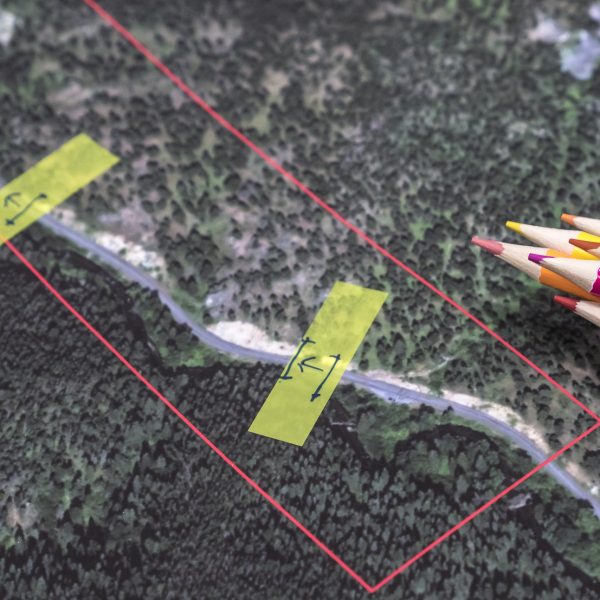CoLab: Exploring New Materials for the Integration of Landscape and Infrastructure
May 10-11
Wildlife crossing infrastructure is an emerging strategy for mitigating wildlife-vehicle collisions and reducing roadkill. Despite good evidence for their effectiveness, widespread adoption of crossing infrastructures has been slow and sparse. One of the leading factors is cost, where current wildlife overpasses entail the highest price tag. Many wildlife bridges are engineered to withstand unduly heavy loads and designed to span multi-lane roadways, resulting in over-sized structures and daunting costs.
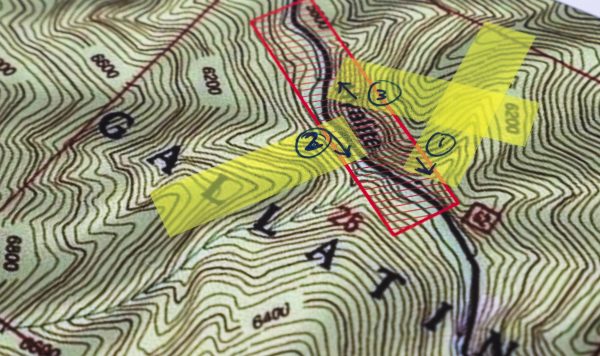
Nina-Marie Lister from the Ecological Design Lab at Ryerson University and Rob Ament of the Western Transportation Institute at Montana State University, co-hosted a two-day CoLaboratory to explore options outside of conventional methods for bridge design. Bringing together civil engineers, wildlife ecologists, urban planners, and landscape architects, participants will identify procedural and design-based opportunities for the use of fiber-reinforced polymers in structures for wildlife connectivity. Plastic bridges may offer innovative, resourceful, and cost-effective strategies for building ecologically integrated crossing structures for transportation networks. Within the hands-on CoLaboratory, participants worked in teams to generate creative design solutions and develop new concepts for potential prototypes.
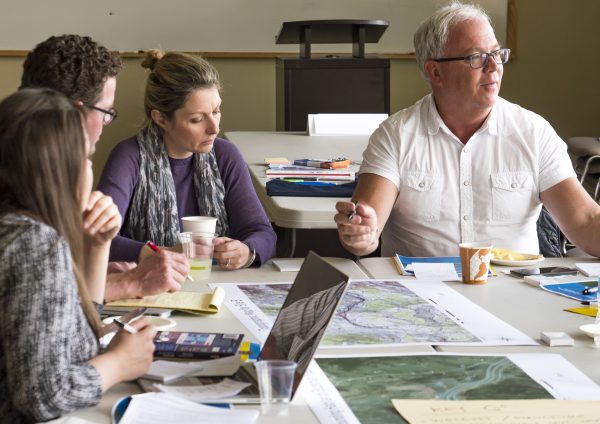
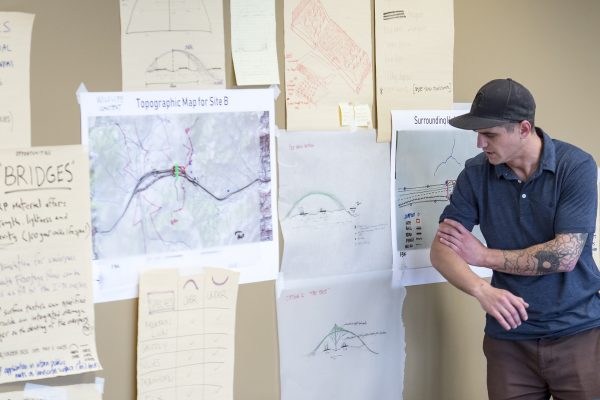
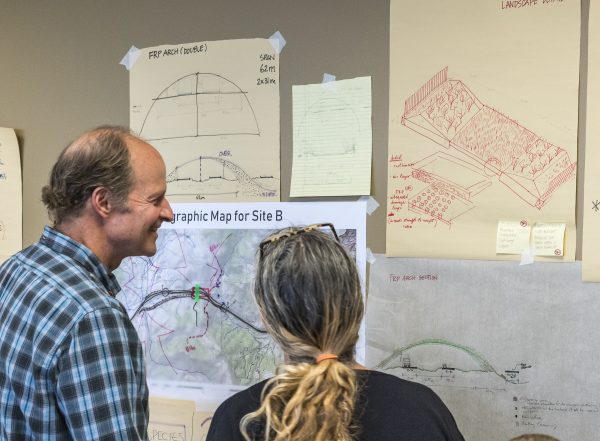
Image Credit: Neil Hetherington, WTI

